If you think you might have access to some hidden gems of images from the area, perhaps you could get in touch and these could become part of this growing collection of local history. If you don't have photos, then stories and memories are of course welcome too. Just comment on this post to leave memories or click on the Contact button on the right hand side if you have material to contribute and you will receive a reply. Electronic images can be emailed to us or any hard copy photographs could be sent to be scanned and then returned.
If you are heading to the Largo area this summer - enjoy!
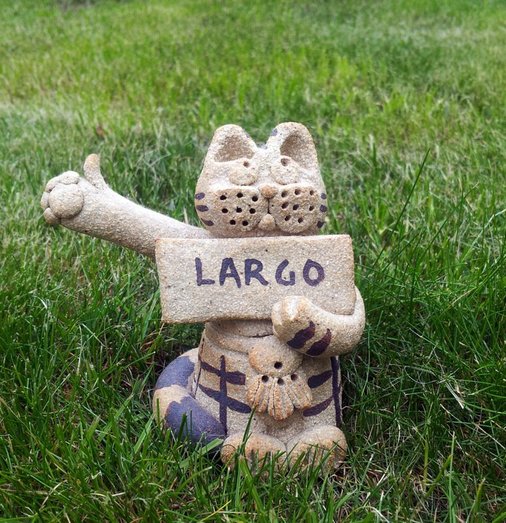
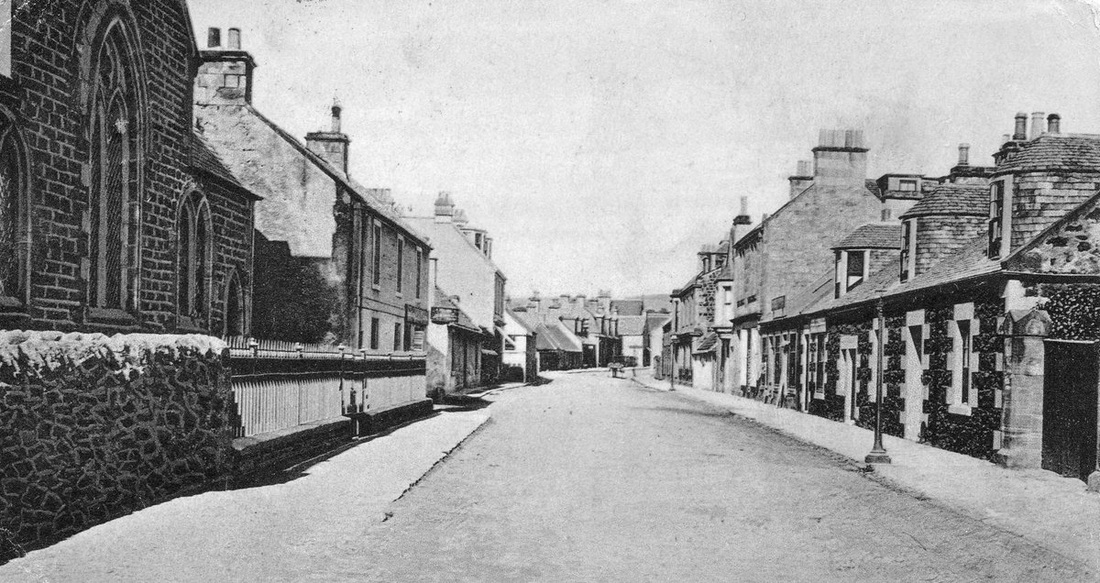

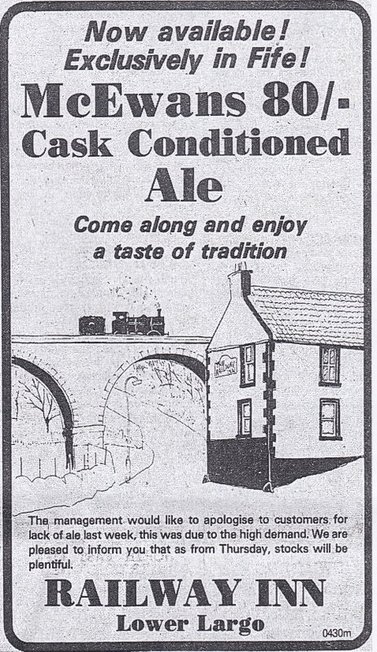
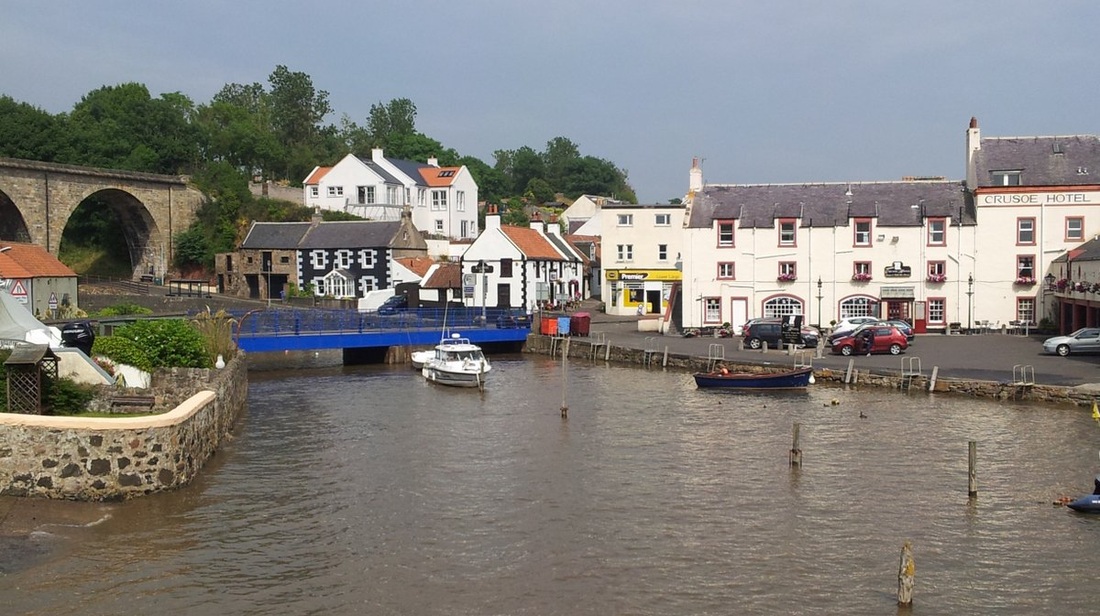
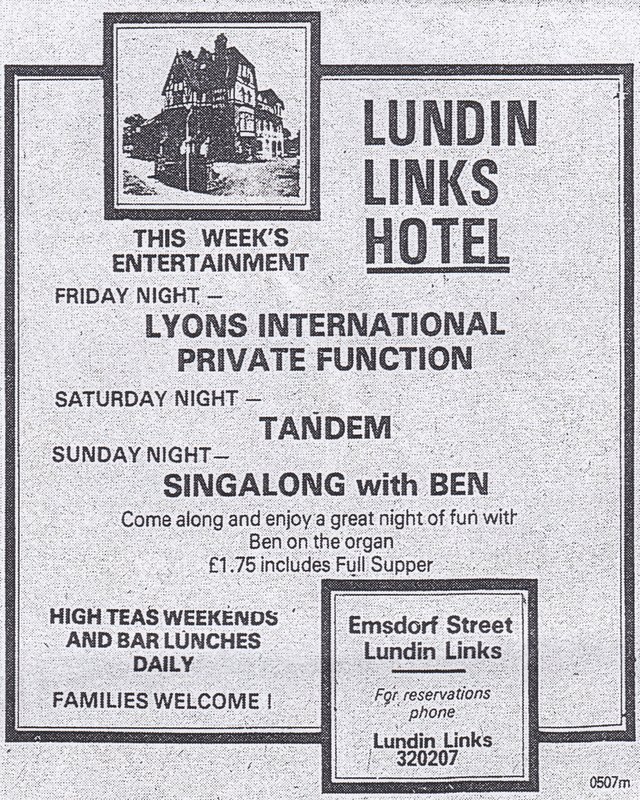
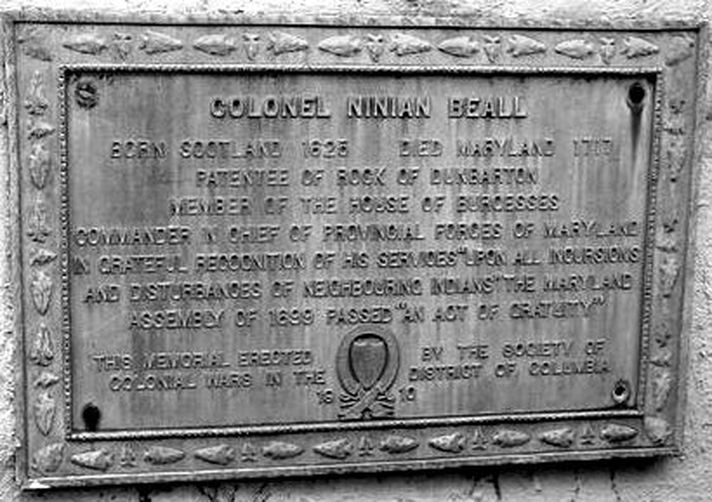
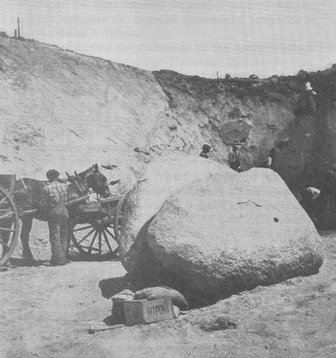
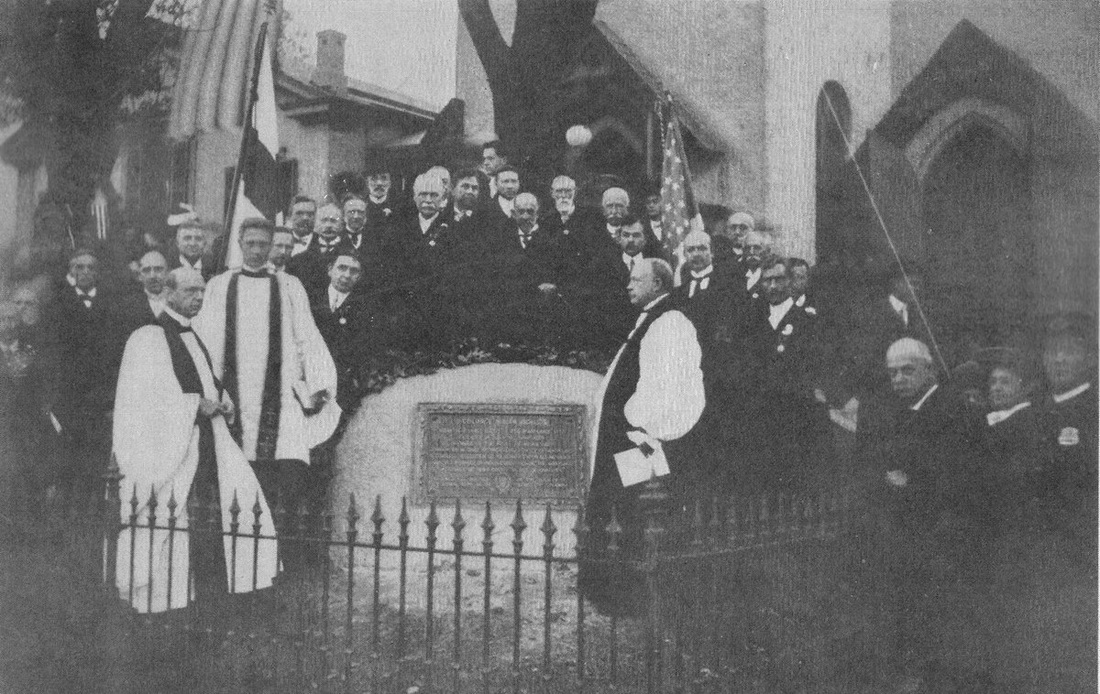
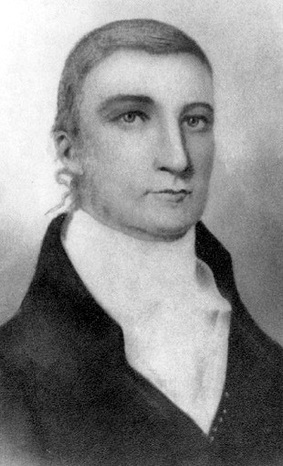
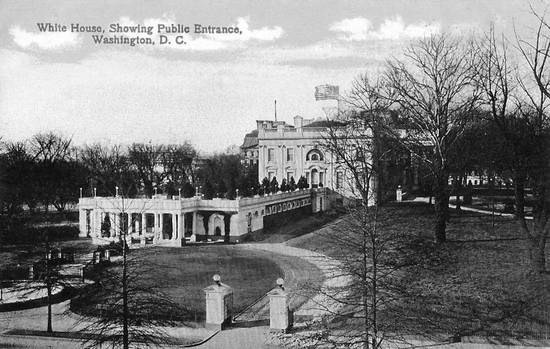

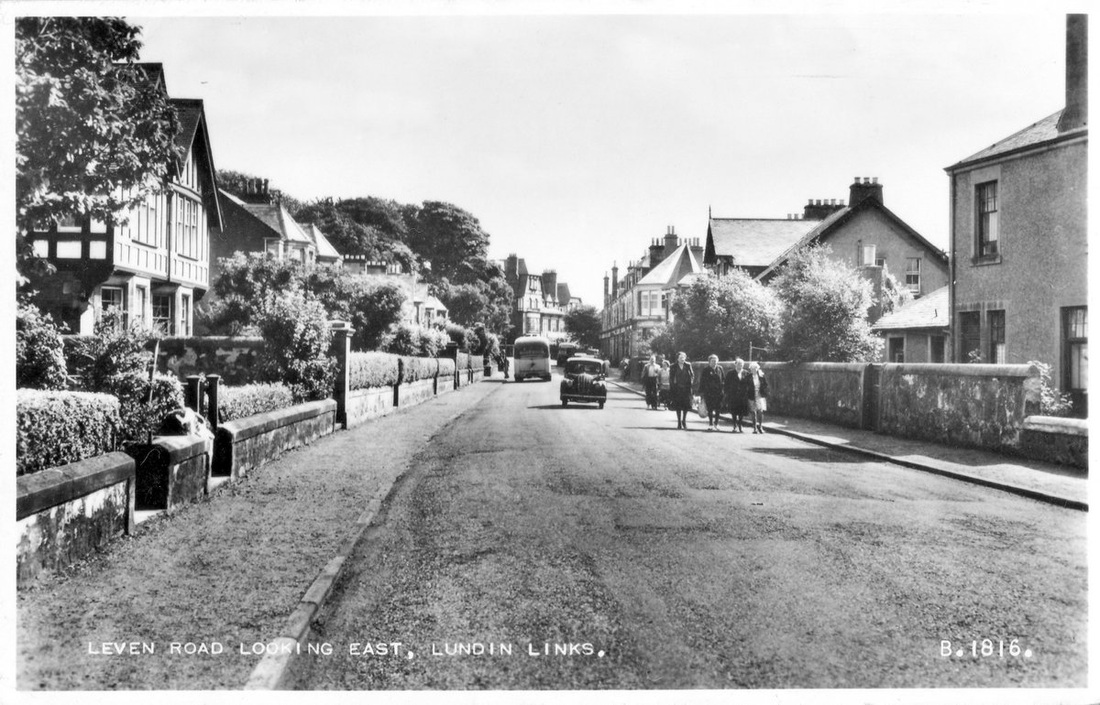
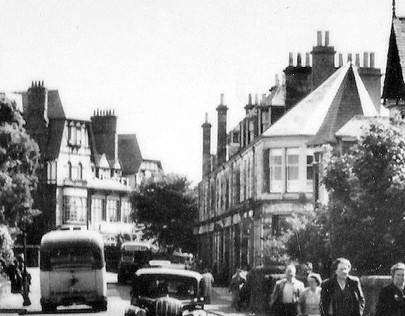
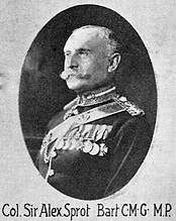
 RSS Feed
RSS Feed
